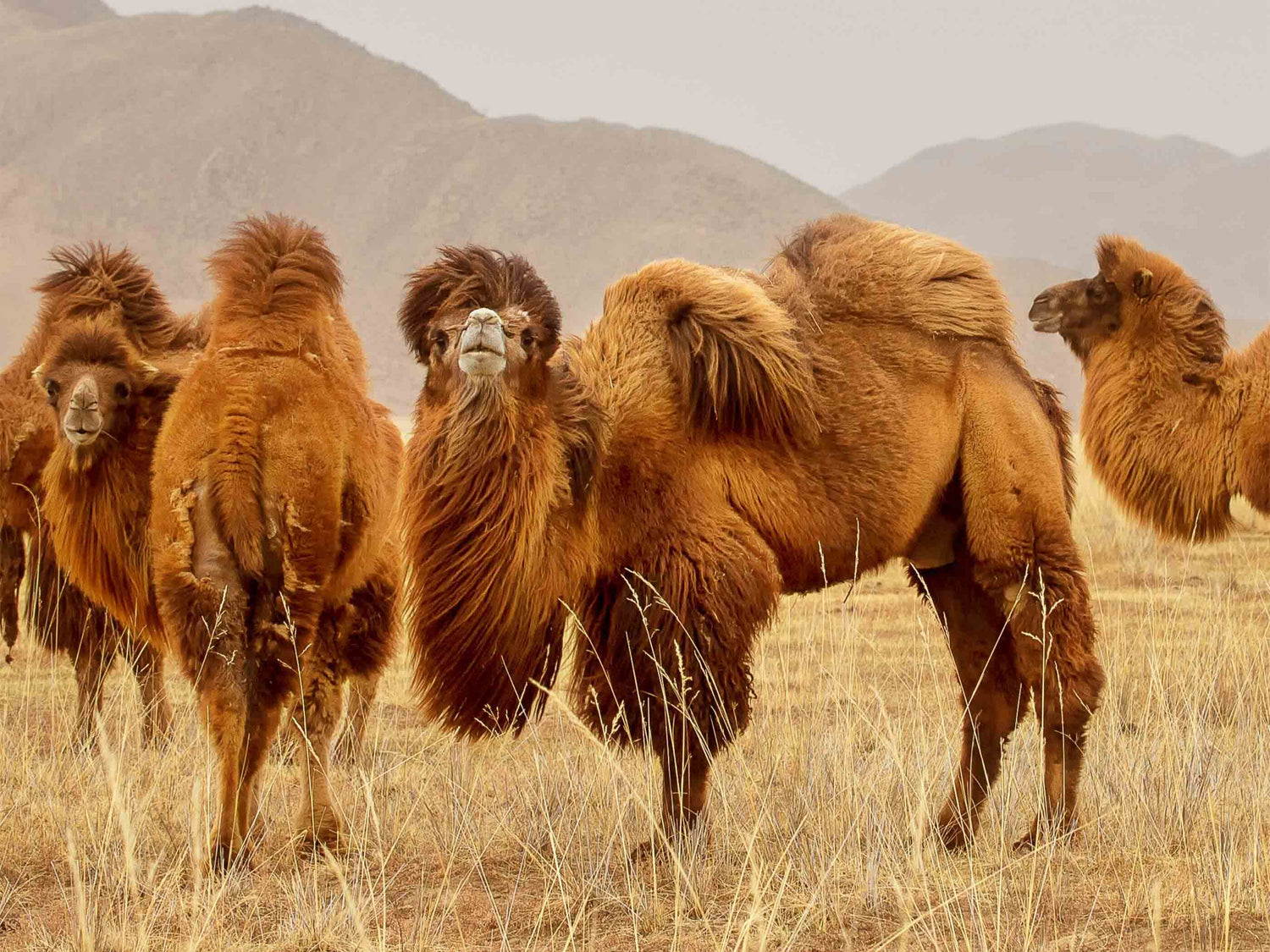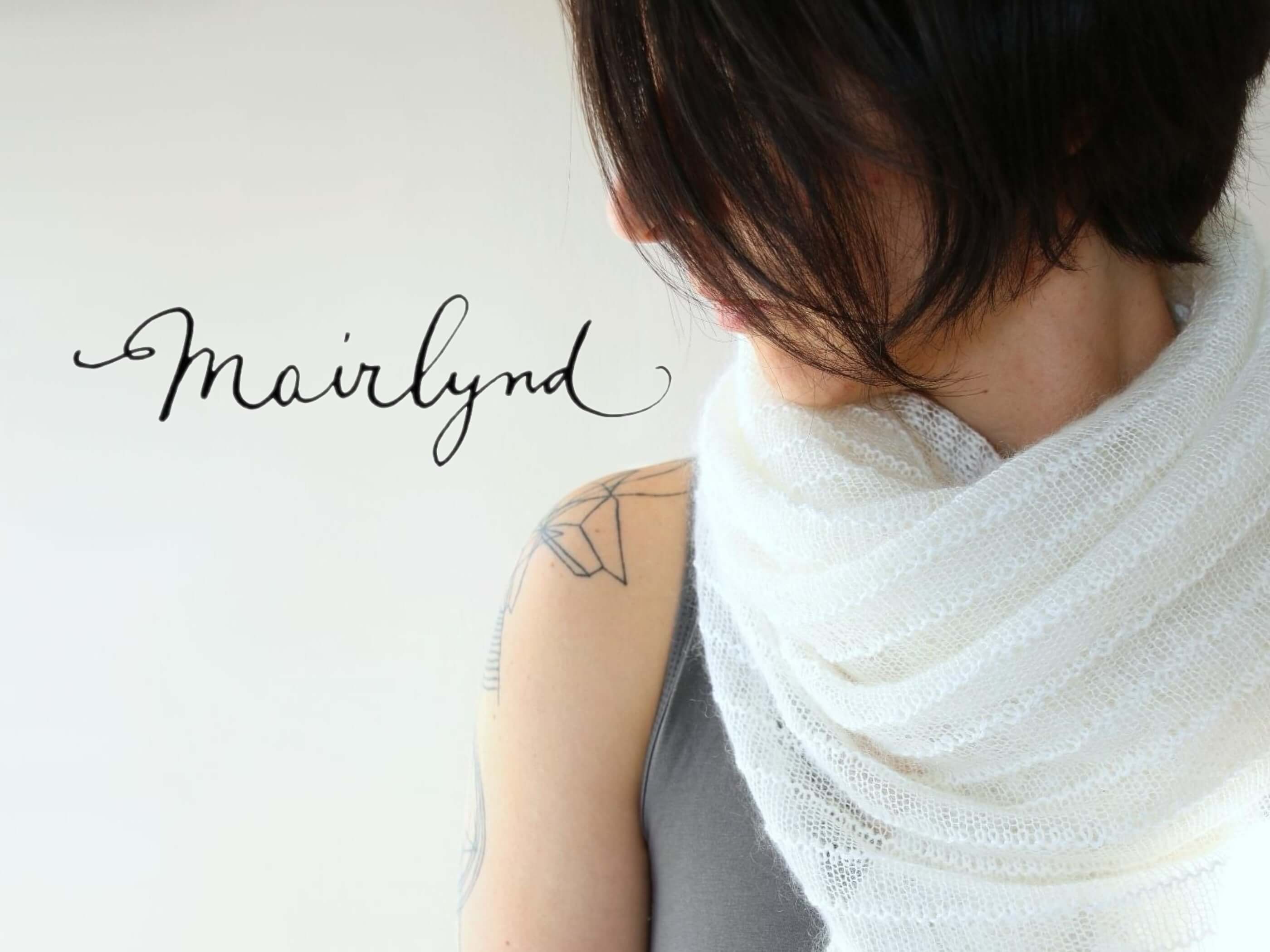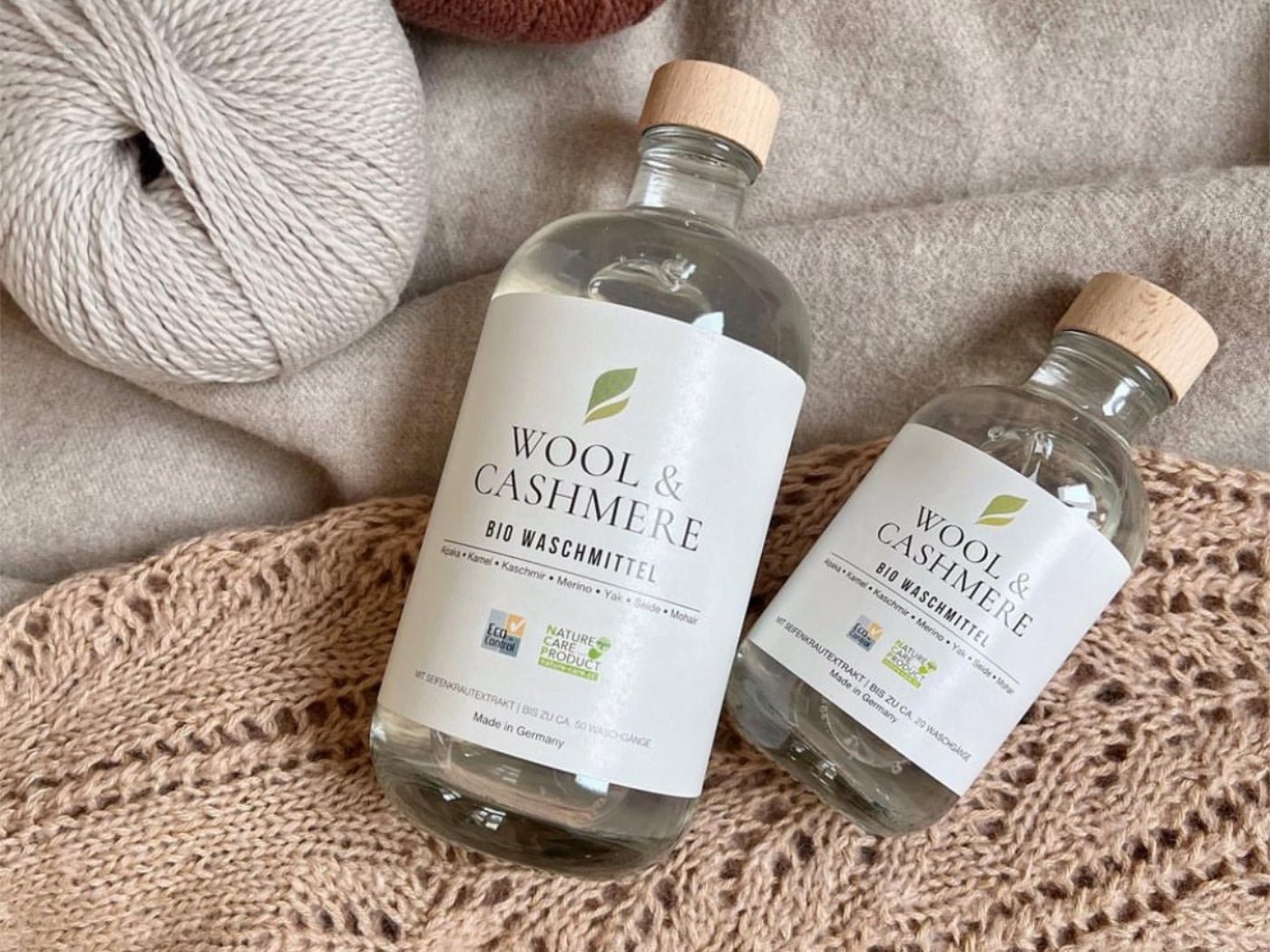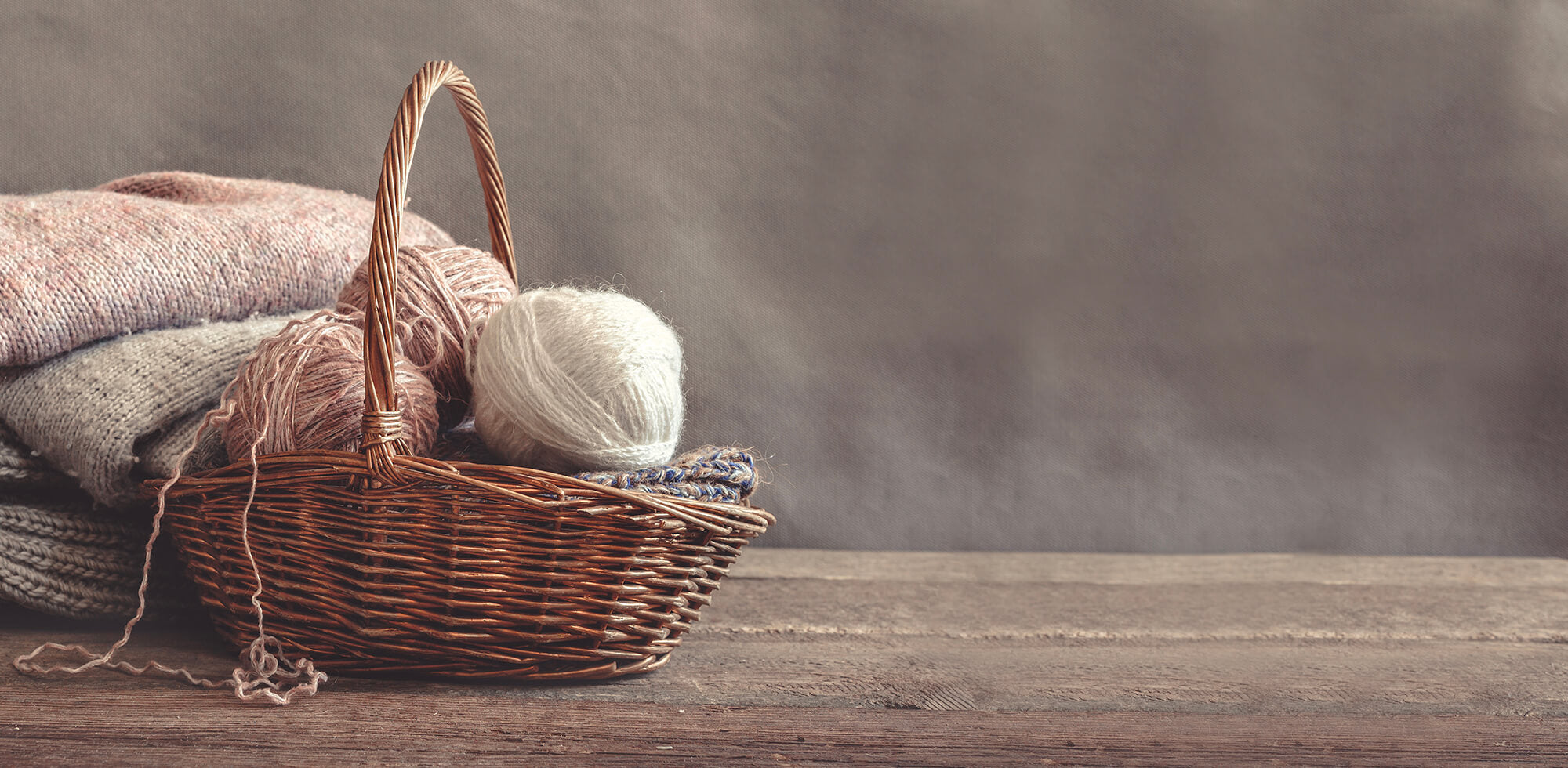Von Pascuali
The camel - who and where?
Camels are cloven-hoofedmammals. They are classified as either Old World camels - the single-humped Dromedary camel and the two-humped Bactrian camel, orNew World camels -namelyLama, Alpaca, Guanaco and Vicuna. These are small camelswithout humps. Seen in this light, the term camel wool is actually a bit imprecise. But since the Bactrian camel is colloquiallyknown as acamel, it is ultimately correct.
The wool that we know as camel wool is the processed hair of the Bactrian camel (Camelus Bactrianus).
Today, itsaccepted range stretches from Eastern Turkey to China and Siberia. Bactrian camels haveadapted to dry habitats and can be found mainly in deserts and steppes, where temperatures can vary from -40°C to +40°C (-40°F to +104°F) in the course of a year!
Bactrian Camels were domesticated approximately 2,500 years BC in Central Asia, primarily for useas pack animals. With their tolerance for drought, cold and high altitude, they were ideal animals to haul goods on the Silk Road. They also provided food (milk and meat) and textiles (fiber and felt from hair).
It is estimated that today some 1.5 - 2 million Bactrian camels are kept as livestock. However, the population of their wild relatives is steadily declining. The wild Bactrian camels are on the red list of critically endangered species as compiled by the IUCN World Conservation Union, as their population is estimated to be down to less than 1,000 animals.

Fine wool with a long tradition
Camel hair is even mentioned in the Bible: "Now John himself had his raiment of camel's hair, and a leathern girdle about his loins; and his food was locusts and wild honey." (Matthew 3:4). King Richard the Lionheart (12th century) is said to have worn camel hair, as a shirt under his armor to prevent chafing. Nomads have always keptcamels, and use their hair for clothing, tents and ropes.
In western countries, camel hair has been used forclothing since about the 17th century. Camel hair probably owes its fashionable status to the sport of polo. English polo players wore camel hair coats, known as wait coats, between games to keep warm. In the 1920s, these coats became popular at elite universitiesin the United States, resulting in camel hair uniforms becoming a fashion statement among students. While camel hair was initially used for men's clothing, it gradually made its way into the world of women's fashion. In the 1950s and 60s, a coat made of camel hair was a real status symbol.
Delicate and fine - camel hair
Camel hair is usually yellowish to reddish-brown. White camels are rare and are highly reveredby nomads.
A camel's coat is made up of two types of hairs - the outer, or guard hair which is coarse and smooth, and the undercoat which isdowny-soft and curly.
The down hairs of the undercoat are 3-12 cm (1-4.75 in) long and extremely fine. The fiber diameter of the undercoat is 16 to 20 microns and the softness is similar to that of cashmere.
The light blonde hair of baby camels, under one year old, is particularly soft. The hairs that make up the middle layer are not quite as fine,beingbetween 20 and 29 microns in diameter. Up to 75 percent of a camel's coat is made up of this fine hair. The top coat is quite coarse and is mainly used for ropes, carpets or shoe fabrics/felts. The length of the kemp depends on which part of the body it comes from. For example, at the neck it can measure up to 40 cm (15.75 in).
The down hair is not only extremelysoft, but also very light. Due to the crimped structure of the individual hair, air pockets form inside providing excellent thermal insulation.
Camels are exposed to extreme variations in temperature in the desert – very hot by day and freezing cold at night. Because of this their hair easily adapts to different temperatures, keeping them cool by day and warm by night. Camel hair is hollow, allowing moisture to be easily absorbed and then quickly released into the air. Camel hair can absorb up to 40 percent of its own weight in moisture without feeling as damp as sheep wool might. If you dislike the smell of sheep wool, then camel wool might be a good alternative, as it has a neutral smell. Camel wool is also said to have anti-rheumatic properties similar to angora wool. Plus, camel hair is quite stable in its structure, which means that the fiber does not wear out too quickly, so you can enjoy a garment knitted in camel wool for a long time.
A camel loses about five to seven kilograms (11-15lb) of hair when molting. The fur falls off the animal in large tufts which can be collected from the ground for processing. Nevertheless, camels are also shorn, as it is less time consuming than collecting the tufts of fur bit by bit. Shearing takes place in spring, when the animals begin to shed their thick winter fur. Pascuali's camel wool is obtained by shearing. The undercoat and top coat are separated after shearing and cleaned before the individual fibers can be processed. The undercoat is used in textile production, for knitted or woven fabric, or for wonderful knitting yarn! The younger the camel, the finer the hair, with the softest quality hair coming from baby camels. The particularly long hair that grows on the camel's neck is used in China to make wigs!

Camel wool by Pascuali
Camel DK - 100% Exceptional!
Our special focus on quality, color, and naturalness truly makes this yarn inspired by sand dunes unique. It is:
- Lightweight
- Super soft
- Elastic
- Non-scratchy
- Thermoregulating
- Biodegradable
Unlike plied or twisted yarn, Camel DK is a chain yarn. Due to the construction resulting in a kind of hollow tube, Pascuali Camel DK is exceptionally light and elastic. Clothing made from Camel DK moves with every motion and returns to its original shape afterward. Garments are therefore virtually wrinkle-free and do not stretch out. Moreover, Pascuali Camel DK hardly pills: this is due to the way the fiber chains are interconnected. The yarn is nearly as soft as cashmere and possesses excellent thermoregulating properties. These keep you warm in the winter and cool in the summer. Additionally, camel wool is a fully biodegradable fiber. This means that no environmentally harmful waste is generated when disposing of garments made from this material at the end of their life cycle.
Camel DK is available in eleven rich, natural, warm colors carefully curated to capture the diverse shades and textures of these absolutely stunningly sensual dune lines of the desert landscape. Colors #10 (Walnut) and #11 (Beige) are undyed, representing the natural color variations of camel wool.




